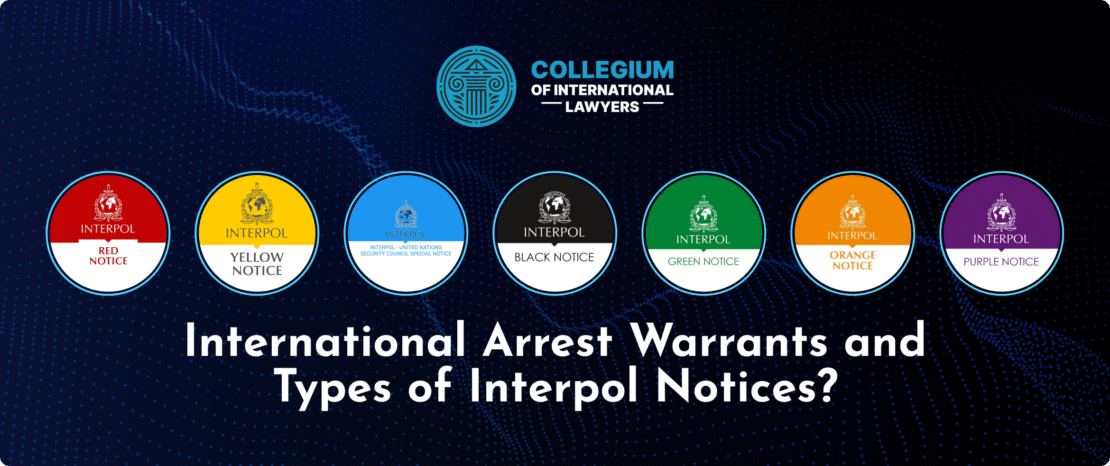
The Presidential Autopen Controversy: A Digital Dilemma
The use of autopen signatures by U.S. Presidents has sparked a significant controversy, raising questions about authenticity, accountability, and the evolving nature of presidential power. As the world becomes increasingly reliant on technology, the traditional practices of governance are being reshaped. One of the most notable examples of this shift is the autopen, a device that allows for the replication of a signature for the purpose of signing documents. While this system might streamline the administrative duties of leaders, it invites scrutiny over the integrity of the democratic process. In this article, we delve into the complexities of the autopen controversy, examining its historical roots and exploring presidential autopen controversy legal implications of autopen signatures that intertwine with concerns about transparency and authenticity.
Historical Context of Autopen Usage
The origins of the autopen can be traced back to the mid-20th century, when it was primarily introduced as a solution for the increasing correspondence demands faced by Presidents. With the expansion of government functions and the growing volume of paperwork, the autopen emerged as a way to maintain efficiency while managing the presidential office. Early experiments with the autopen included signatures on executive orders, proclamations, and letters to constituents. As technology advanced, so too did the capabilities of the autopen, allowing for more sophisticated forms of signature reproduction that closely mimic a leader’s handwriting.
The Use of Autopen in Modern Presidencies
In recent decades, the use of the autopen has become more prevalent among Presidents seeking to balance their time and responsibilities amidst a rapidly changing political landscape. Notably, President Barack Obama made extensive use of the autopen to sign legislation and directives, occasionally leading to public discussions regarding the implications of delegating such authority to a machine. The controversies surrounding Barack Obama’s use of the autopen set a precedent that would continue into subsequent administrations.
The Controversy Over Authenticity
One of the central issues surrounding the autopen is the question of authenticity. Critics argue that an autopen signature lacks the personal touch and integrity that a hand-signed document embodies. This concern resonates particularly in situations where a signature has profound implications, such as military orders or treaties. The argument posits that the authenticity of a signature is fundamentally tied to the accountability of the individual who signed it. When a machine executes this task, does it dilute the responsibility and personal investment historically associated with presidential actions?

Public Perception and Trust
The debate over the autopen is not merely a legal or bureaucratic concern; it significantly impacts public perception of presidential authority and trust in government. As citizens grow increasingly skeptical of political processes, the use of an autopen could exacerbate feelings of disconnection between the presidency and the public. Many voters expect their leaders to be directly engaged with the responsibilities of governance, and the perception of detachment facilitated by the autopen risks eroding confidence in leadership.
Legal Challenges and Implications
The legal status of autopen signatures remains a gray area, with various courts interpreting their validity in different contexts. While some legal scholars assert that autopen signatures can be deemed valid under certain circumstances, others raise concerns that widespread reliance on this technology could undermine the legitimacy of official documents. The legal implications of autopen signatures are further complicated by considerations of self-governance and accountability.
The Future of the Autopen in American Governance
As technology continues to evolve, the future of the autopen remains uncertain. Some advocates argue that advancements in secure digital signatures could pave the way for a more accountable and transparent system, allowing for the authentic engagement of presidential authority without the constraints of traditional pen-and-paper methods. However, any transition to digital systems must carefully consider the delicate balance between efficiency and authenticity.
Conclusion
The presidential autopen controversy encapsulates the broader tensions between technological advancement and the foundational principles of democratic governance. As public trust in government wavers in the face of rising cynicism, the implementation of administrative tools like the autopen calls for a nuanced dialogue about authenticity, accountability, and responsibility. The path forward requires careful evaluation of both current practices and emerging technologies to ensure that presidential actions continue to reflect the integrity of the office and the will of the people.
